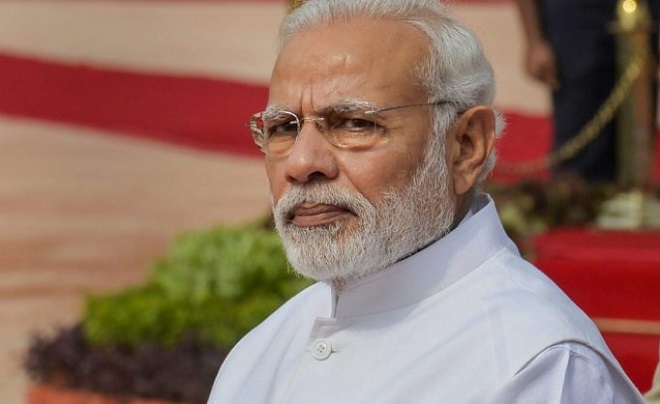In another major policy push to improve the efficiency of Indian bureaucratic system, the Modi government in its second term is poised to expand the policy of lateral entry that would facilitate recruitment of at least 40% of officers at the joint secretary level from outside the system.
PM Modi’s first term also saw the induction of many individuals with relevant experience joining in at several bureaucratic positions. The Modi government has been a firm proponent of bringing in domain experts in critical positions which call for niche knowledge and experience. The government’s plan to synergize existing talent pool with fresh minds from outside is sure to help deliver better results on several fronts. The joint secretaries which from an instrumental part of several ministries have been traditionally sourced from IAS cadres.
These developments come after the Modi government had recently appointed nine non-governmental professionals as joint secretaries in various government departments. UPSC had released the list of professionals who joined various government departments. These departments are agriculture, cooperation and farmers welfare, civil aviation, commerce, economic affairs, environment, forest and climate change, new and renewable energy, road transport and highways, and shipping. However, this time around a fresh batch of around 55 officers will be selected through NITI Aayog, instead of UPSC. According to sources, the government is planning to put out advertisements for about 50 positions in NITI Aayog for different positions including directors, joint secretaries, additional secretaries, etc.
“We have identified the areas in which we want to hire people — there are 54 positions out of a total of 516 for which we will recruit laterally,” a senior government official said. “The advertisements for the posts should be out by June or July. NITI Aayog is in the process of deciding how many posts and what job profiles should be advertised,” the official further added.
Earlier these posts were recognized as flexi-pool posts for which NITI Aayog used to hire consultants on need basis however deviating from the trend this time the hired individuals will have the same rank, status, responsibilities and accountability as regular civil servants.
“It is one of the main functions of NITI Aayog to coordinate with other ministries for policy-making… But a lot of ministries would not take communications from consultants seriously. So the new recruits will have the same designations as regular IAS officers,” the official said.
The new recruits would be hired for a term of five years with a re-evaluation of the appointment in three years. However, on completion of their service in the government, these lateral recruits would not be required to serve any cooling-off period. Exclusion of cooling off period from the terms is also sure further boost recruitment of similar fashion.
PM Narendra Modi’s plan to revive the Indian bureaucracy is sure a positive step ahead to churn the old system which is considered inefficient and corrupt by many. The Prime Minister is keen to introduce the new system of large scale sourcing of lateral entry officers from 2020. This is likely to result in a massive reshuffle of the administration and the preparations have already begun.
